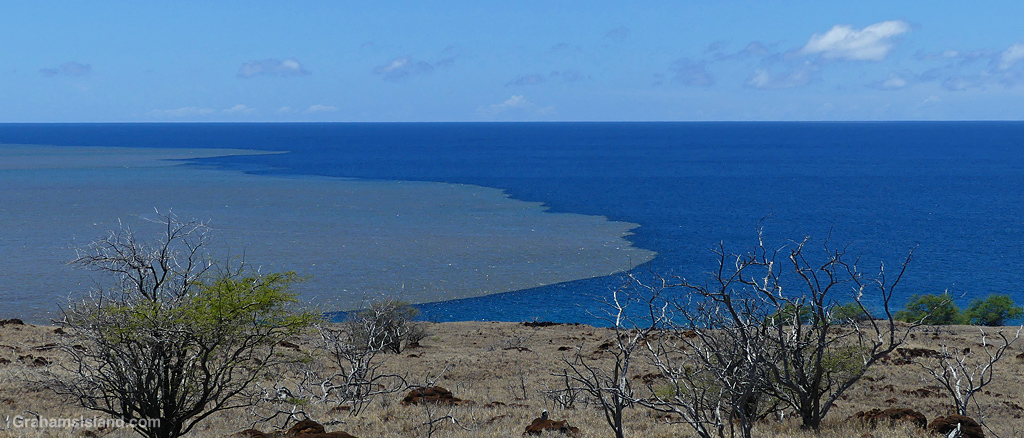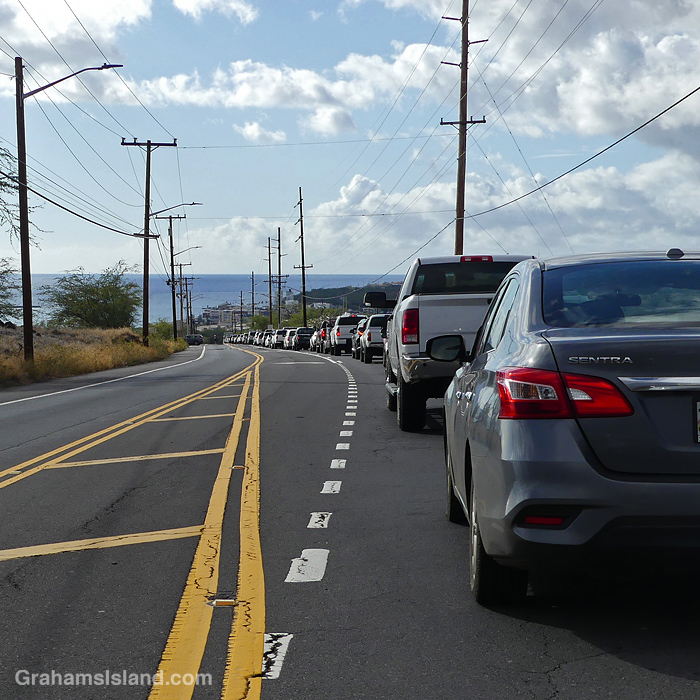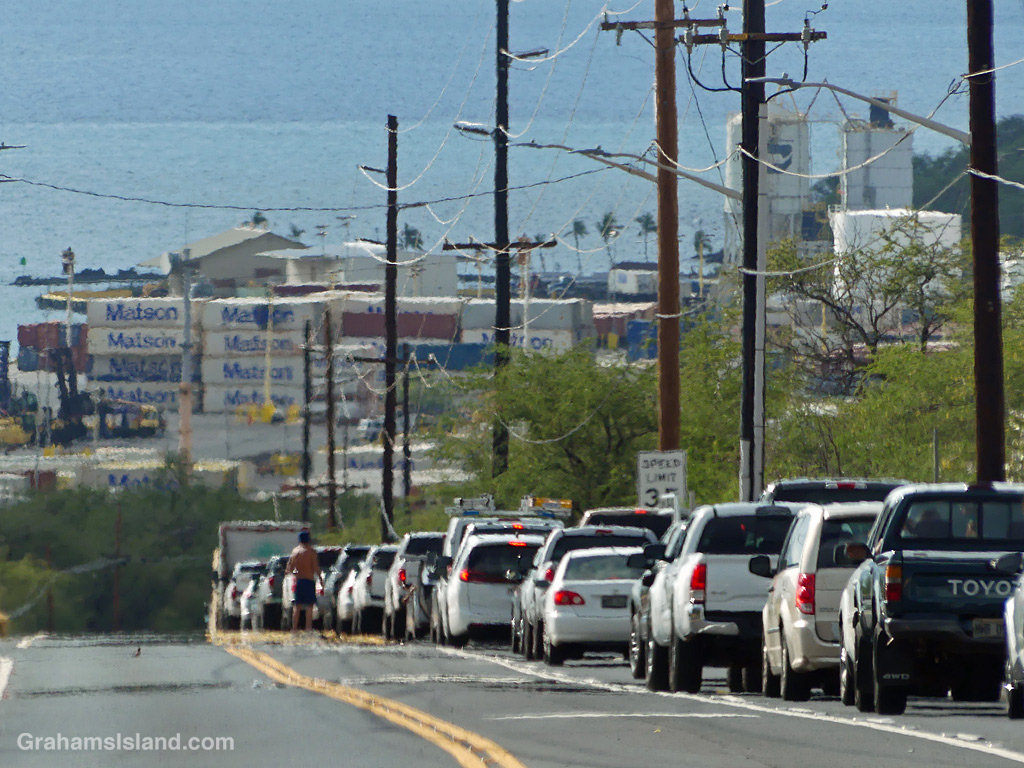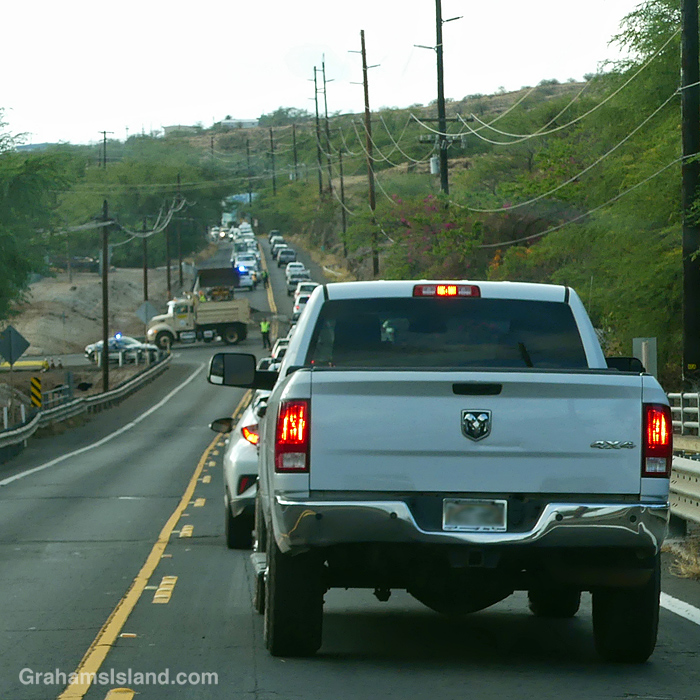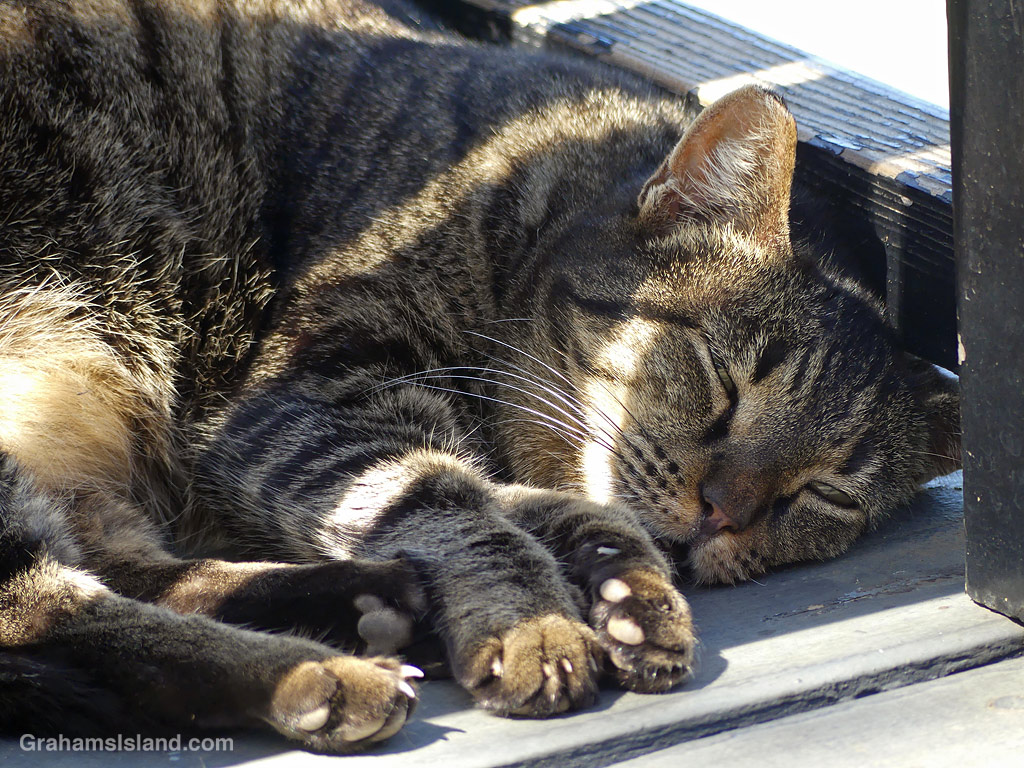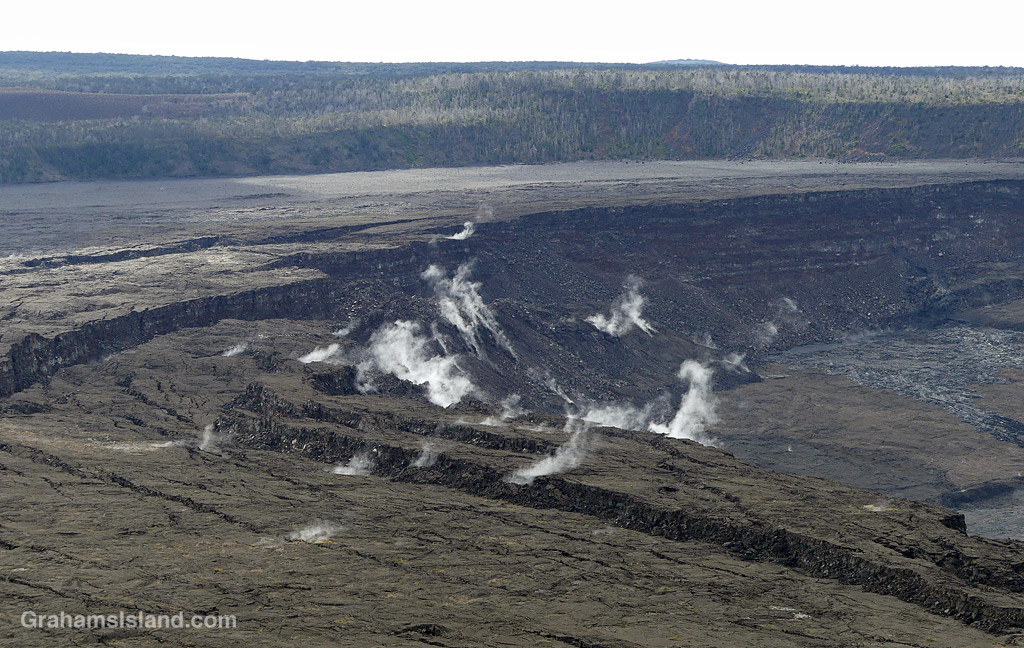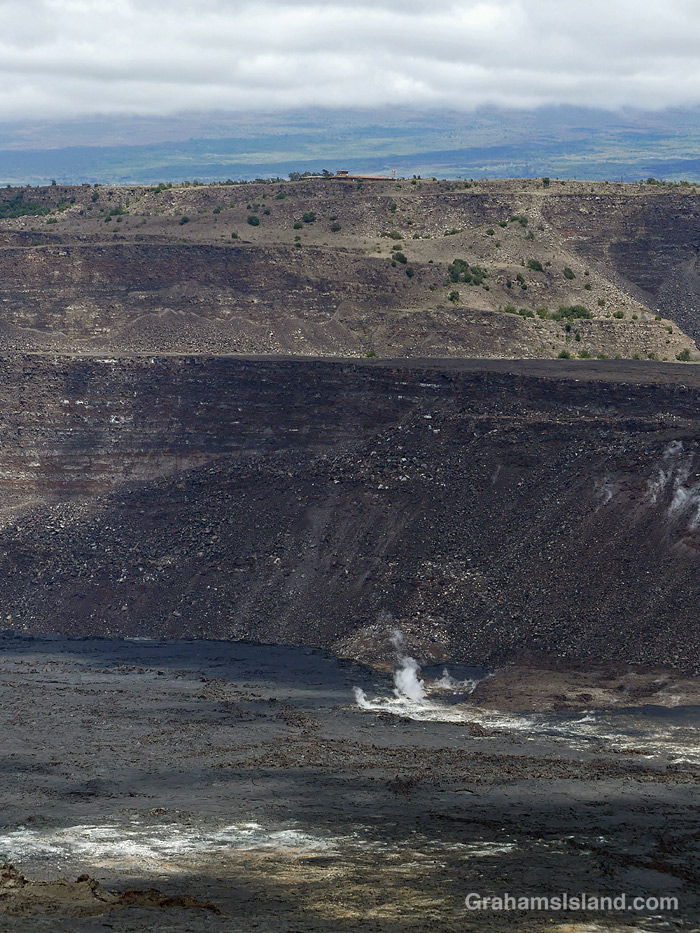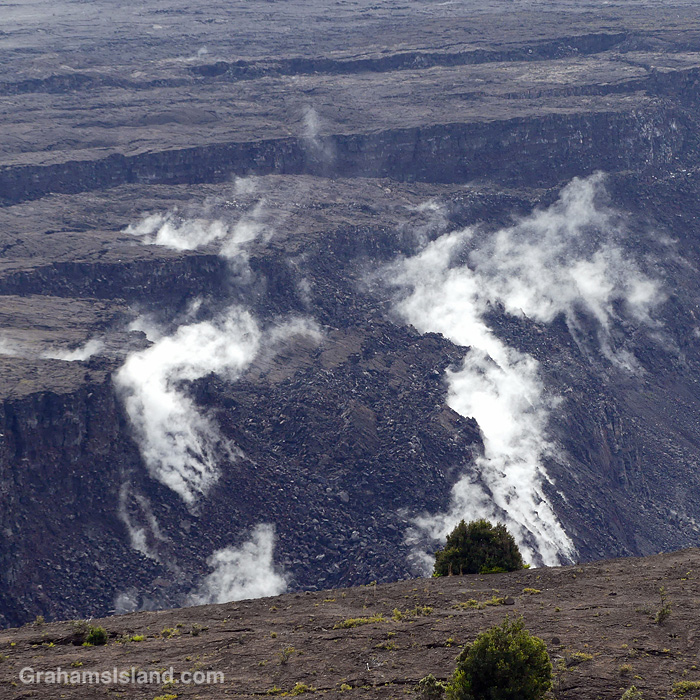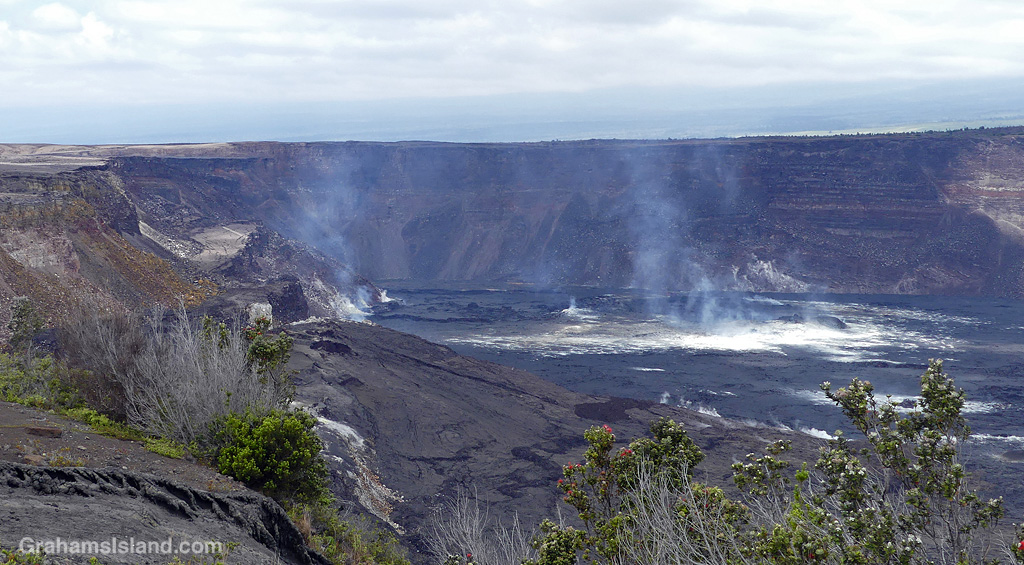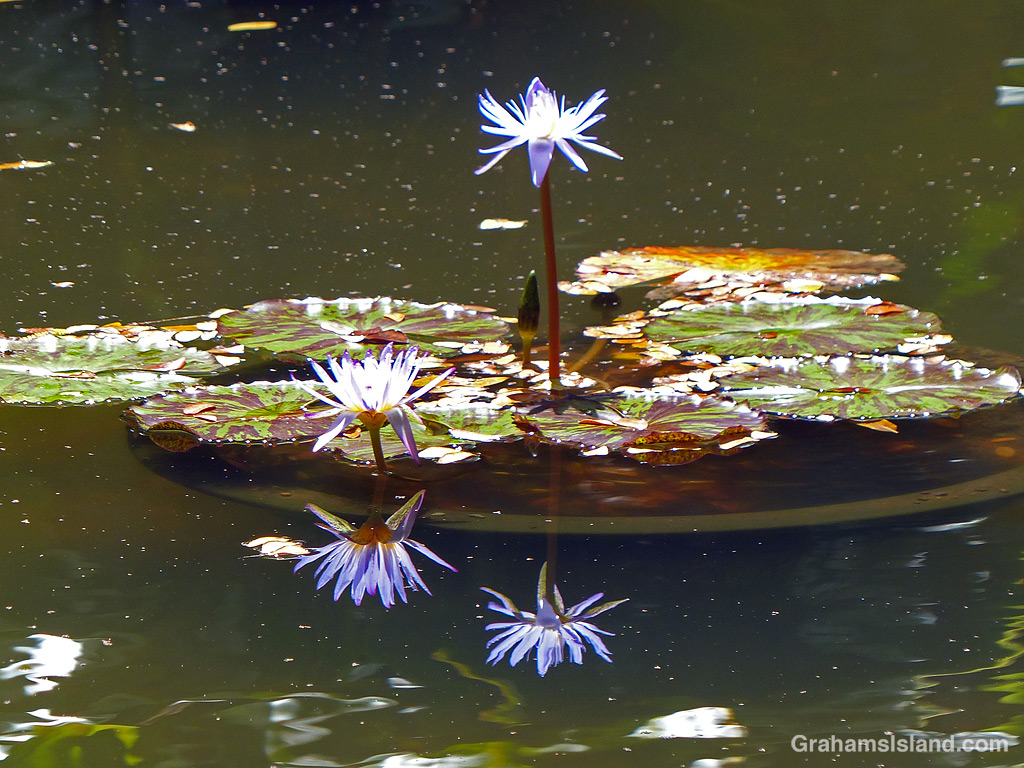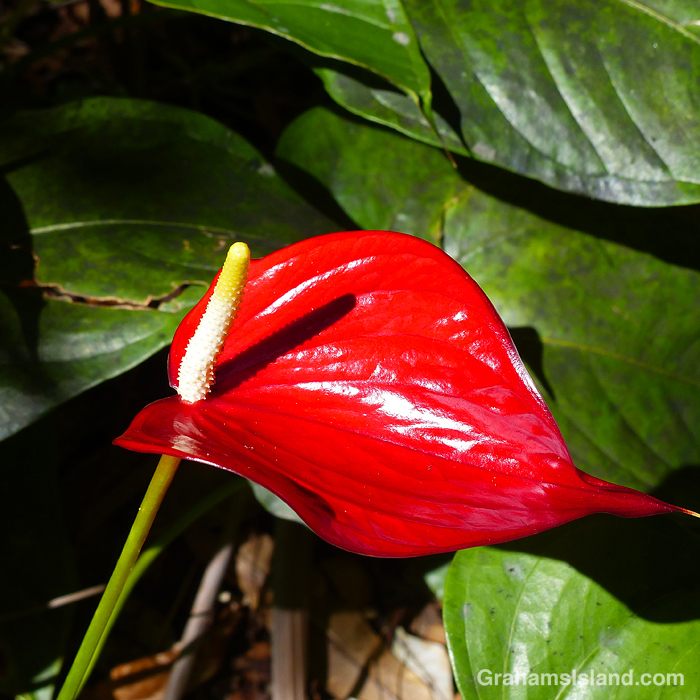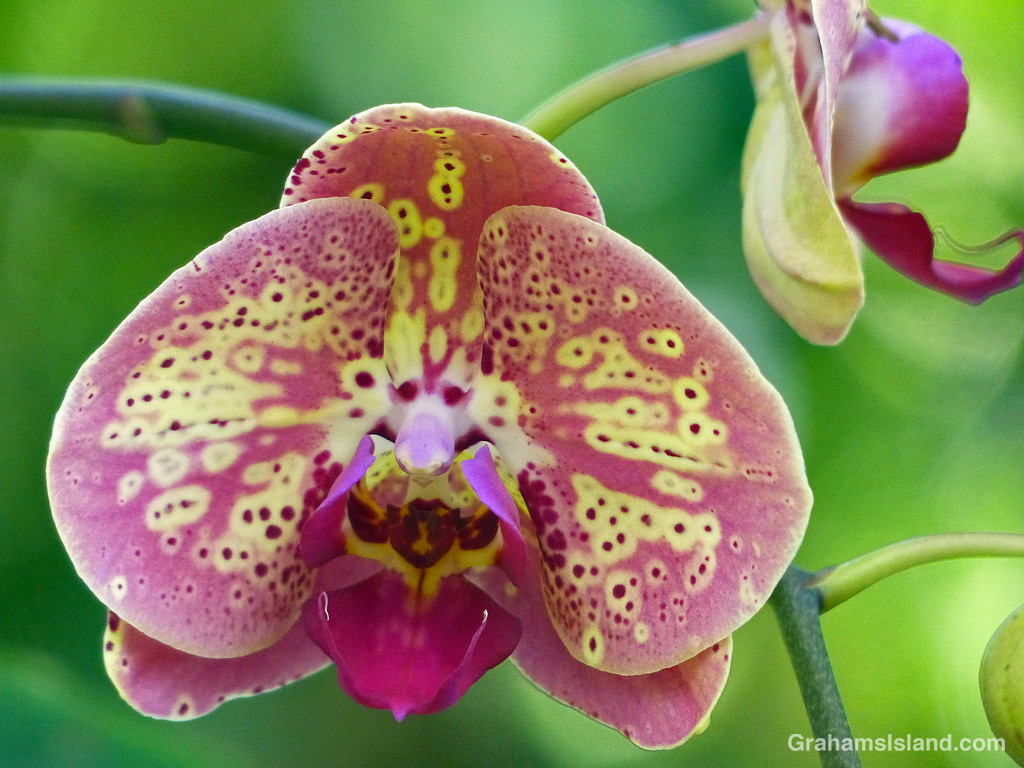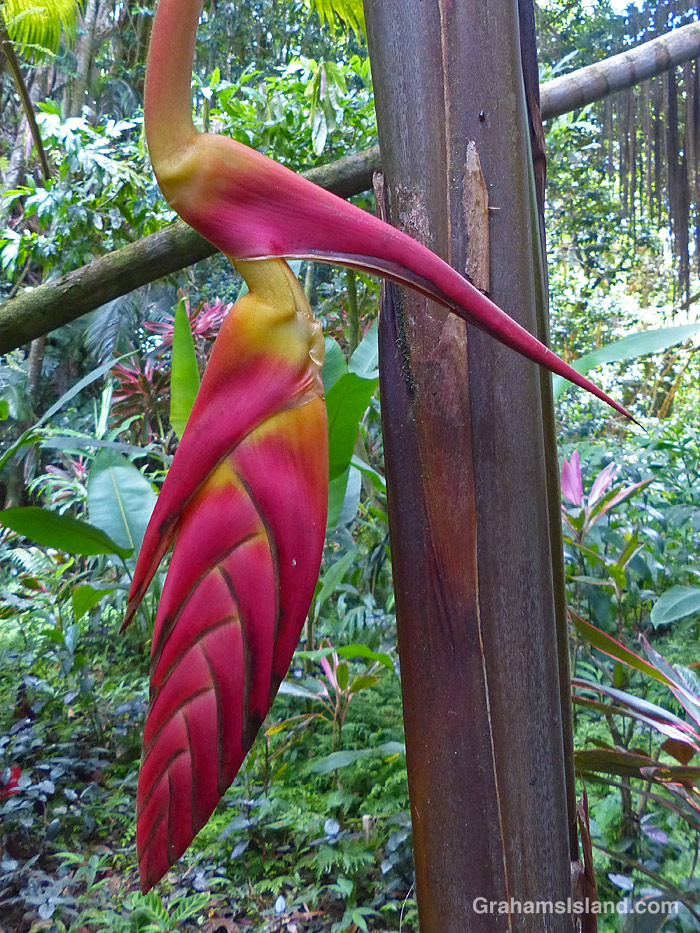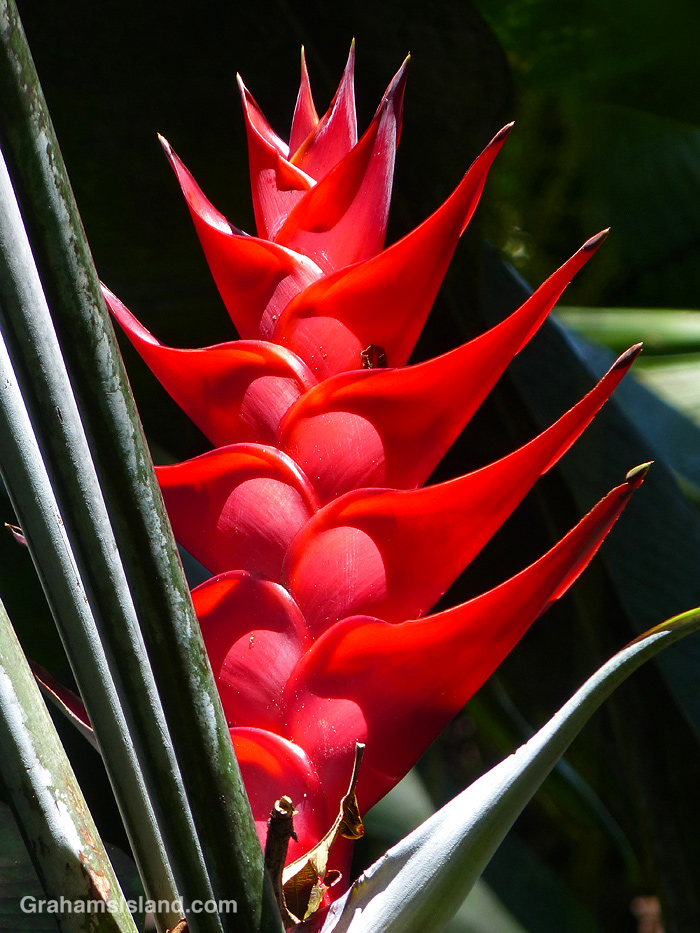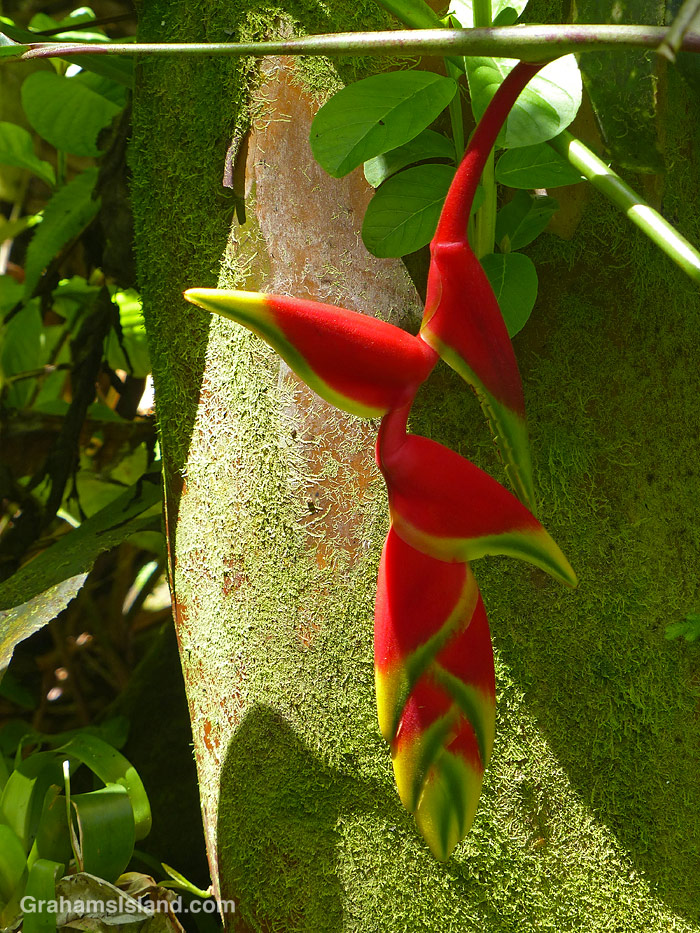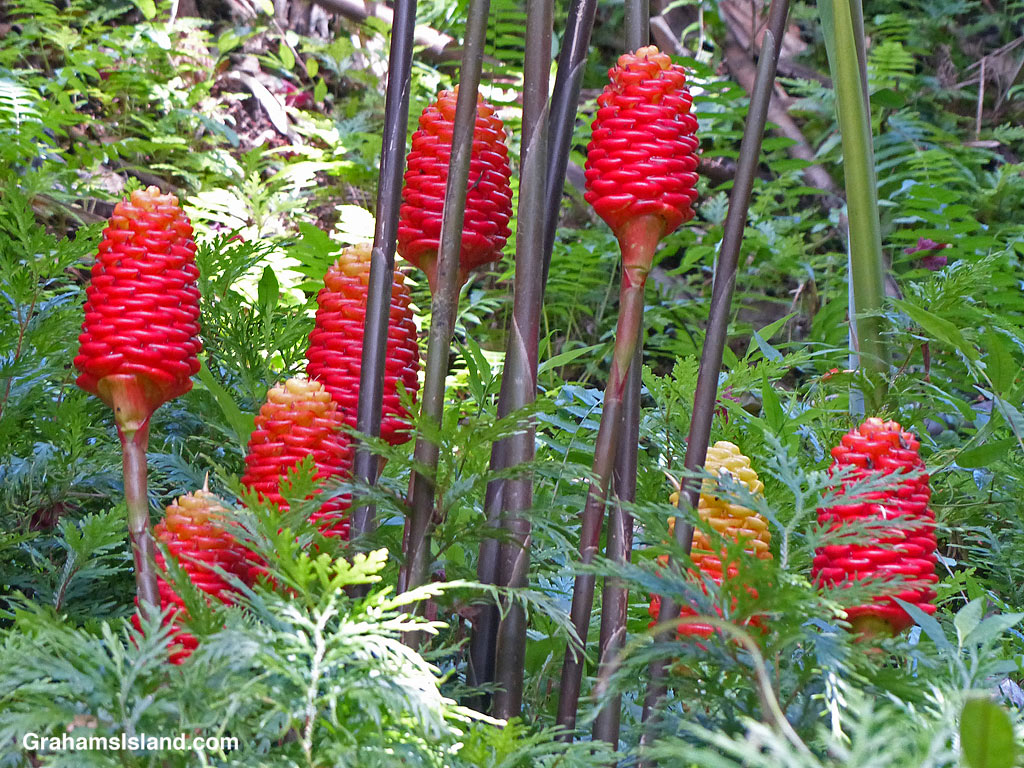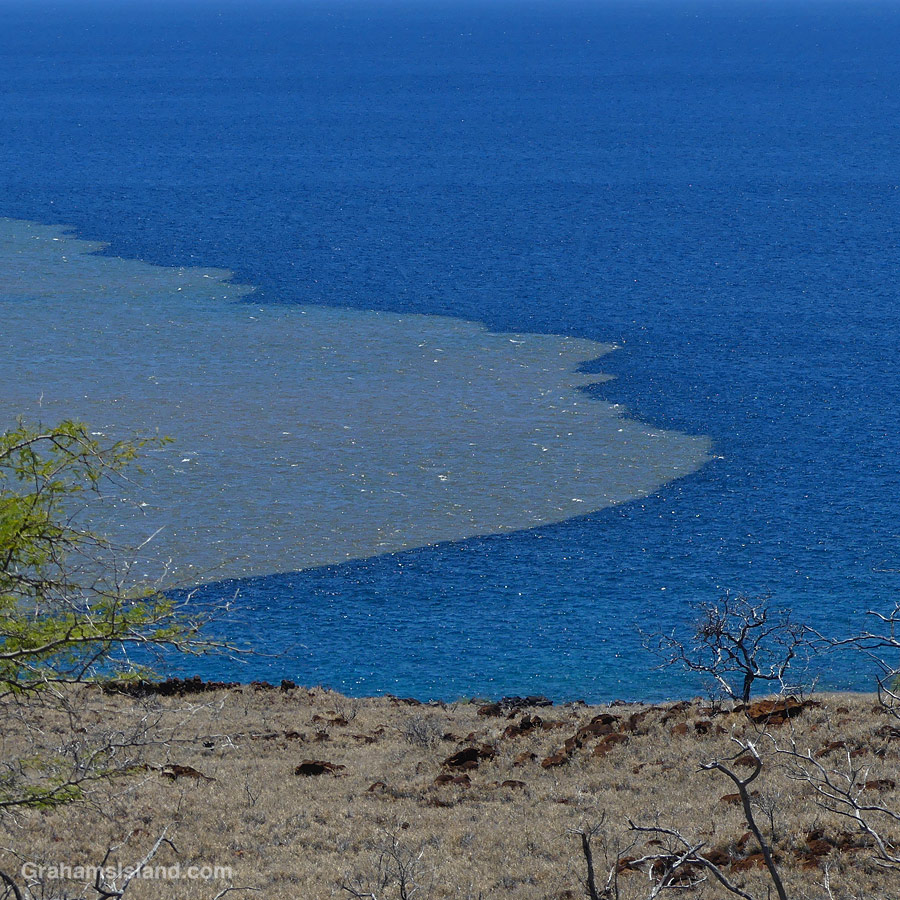
Sunday Stills Monthly Color Challenge is ‘Cobalt Blue.’ See more responses here.
I had a post all lined up, until I was called into work yesterday to do some clean up after flash floods swept through several places, including where I work. On the drive down, I came on this scene.
The cobalt blue waters of the Pacific were being overrun by muddy waters swept into the sea by flooding. I’ve never seen such a sharp line before and, as I watched, I could see it moving forward, to the north. On that coast, the current generally runs in that direction, and a swell from the south was probably helping it along too.
The muddy waters entered the sea down by Kawaihae and when I first saw them, they’d almost reached Lapakahi, a distance of around 12 miles. When I returned home, about three hours later, the brown water had moved up off Kapaa Park, another two and a half miles north.
It will take a day or two for the ocean to clear again, as the waters mingle or are eased away by offshore currents. In the meantime, Kawaihae is digging itself out from the copious amounts of mud left behind by the floodwaters.
Also posted for Becky’s Squares: Move Forward, Reconstruct, Renew, and/or are Burgeoning. See more responses here.
